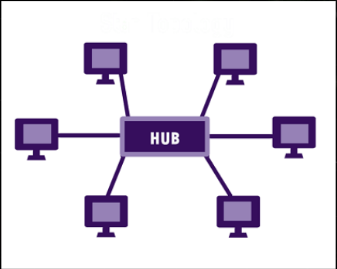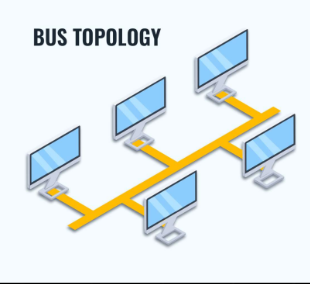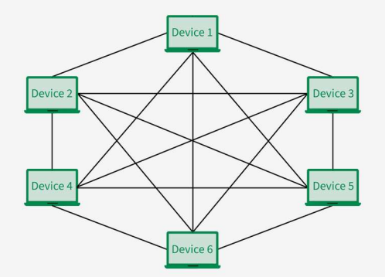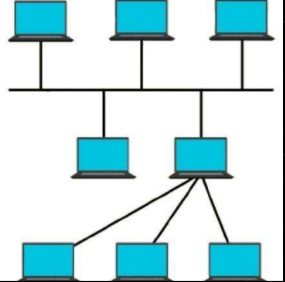Network Lesson 9: Communication & Topologies
1/28
There's no tags or description
Looks like no tags are added yet.
Name | Mastery | Learn | Test | Matching | Spaced |
|---|
No study sessions yet.
29 Terms
Network Communication
The process of devices sending and receiving data over a network.
Wired Communication
Devices communicate using physical cables.
Wireless Communication
Devices communicate without cables, using radio waves or Wi-Fi.
Network Protocols
Rules and standards that define how data is transmitted and received in a network.
TCP/IP
Protocol for sending data over the internet, ensuring reliable delivery.
HTTP/HTTPS
Protocols for transferring web pages; HTTPS is secure.
FTP
File Transfer Protocol, used for transferring files between computers.
Network Topologies
The physical or logical arrangement of devices in a network.
Star Topology
All devices are connected to a central hub or router.
Star Topology

Star Topology
Easy to manage, scalable, fault-tolerant (one device failure does not affect others).
Star Topology
If the central hub fails, the entire network goes down.
Bus Topology
All devices are connected to a single central cable (backbone).
Bus Topology

Bus Topology
Simple, cost-effective, uses less cabling.
Bus Topology
If the backbone cable fails, the entire network fails.
Ring Topology
Devices connected in a circular loop.
Ring Topology

Ring Topology
Data flows in one direction, reducing collisions.
Ring Topology
A single failure can disrupt the entire network.
Mesh Topology
Every device connects to multiple other devices.
Mesh Topology

Mesh Topology
High redundancy and reliability.
Mesh Topology
Expensive and complex to set up.
Hybrid Topology
Combination of two or more network topologies.
Hybrid Topology

Hybrid Topology
Flexible and scalable.
Hybrid Topology
Requires more resources to manage.